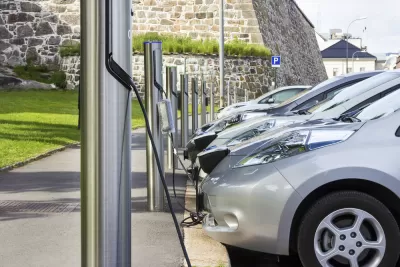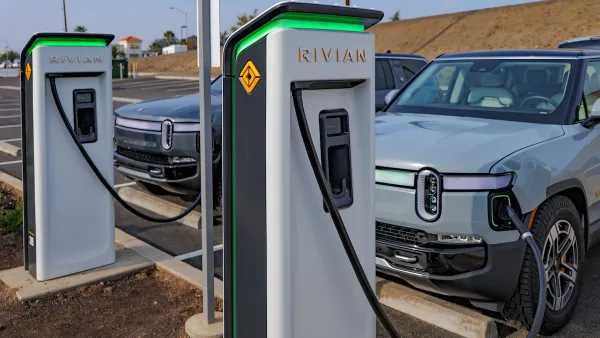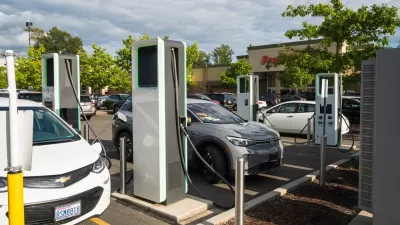"Range anxiety" is leading some consumers away from electric cars, but their fears are unfounded, according to a new study.

Nathan Collins reports the results of a new study published in the Nature Energy journal finding that relatively low-cost electric vehicles can handle 87 percent of daily driving needs.
The study effectively refutes the "range anxiety" (i.e., fear that electric cars can't travel far enough before needing a charge), considered a barrier to wider market acceptance of electric cars.
To answer the question of whether "range anxiety" stood up to rational scrutiny, Jessika Trancik, an associate professor of Energy Studies at the Massachusetts Institute of Technology, and fellow researchers "combined data from the National Household and Transportation Survey; GPS data from more than 117,000 individual drivers in California, Georgia, and Texas; and weather data, which gave the team a way to estimate how much air conditioning drivers used on their trips." The experiment relied on the Nissan Leaf—a relatively affordable model of electric car.
The researchers also argue for two "key innovations" that could pave the way for widespread adoption of electric cars.
FULL STORY: Electric Cars Are Way More Practical Than You Might Think

Planetizen Federal Action Tracker
A weekly monitor of how Trump’s orders and actions are impacting planners and planning in America.

DARTSpace Platform Streamlines Dallas TOD Application Process
The Dallas transit agency hopes a shorter permitting timeline will boost transit-oriented development around rail stations.

Four Reasons Urban Planners Can’t Ignore AI
It’s no longer a question of whether AI will shape planning, but how. That how is up to us.

Texas State Bills to Defund Dallas Transit Die
DART would have seen a 30% service cut, $230M annual losses had the bills survived.

Bikeshare for the Win: Team Pedals to London Cricket Match, Beats Rivals Stuck in Traffic
While their opponents sat in gridlock, England's national cricket team hopped Lime bikes, riding to a 3-0 victory.

Amtrak’s Borealis Exceeds First Year Ridership Expectations
205,800 passengers have boarded the St. Paul to Chicago line, well above initial MDOT projections.
Urban Design for Planners 1: Software Tools
This six-course series explores essential urban design concepts using open source software and equips planners with the tools they need to participate fully in the urban design process.
Planning for Universal Design
Learn the tools for implementing Universal Design in planning regulations.
City of Mt Shasta
City of Camden Redevelopment Agency
City of Astoria
Transportation Research & Education Center (TREC) at Portland State University
US High Speed Rail Association
City of Camden Redevelopment Agency
Municipality of Princeton (NJ)





























